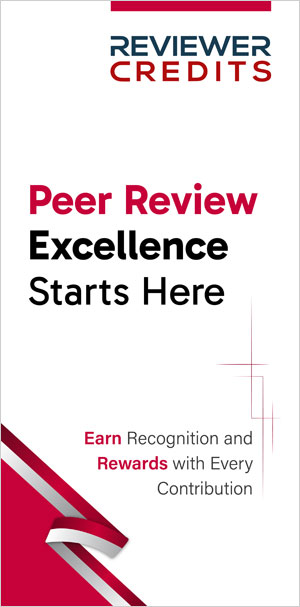Peer Review in 2024: A Year of Change and Reflection

The academic publishing landscape in 2024 was one of transformation. Rapid technological advancements, ethical dilemmas, and a push for inclusivity reshaped how research was evaluated and disseminated. These shifts prompted the academic community to reassess the strengths and weaknesses of the peer review process.
AI’s Role in Peer Review
Artificial intelligence made significant inroads into peer review. Platforms like PeerRef and ReviewerCredits streamlined workflows, while AI tools were tested to summarize feedback and detect biases. These innovations alleviated reviewer workloads, yet concerns lingered-could AI truly grasp complex concepts or assess research impact beyond data points?
While AI improved efficiency, plagiarism detection, and language support, it also introduced new ethical challenges. AI-generated content fueled academic misconduct, forcing journals to refine detection mechanisms. The need for updated ethical frameworks became increasingly evident as institutions grappled with AI’s dual nature as both an asset and a liability.
Inclusivity in the Review Process
Equity in peer review remained a focal point. Peer Review Week emphasized AI’s potential to break systemic barriers, yet access to key resources was still limited in low-income research communities. Programs like Publons Academy sought to bridge these gaps by training underrepresented scholars, but the journey toward true inclusivity required sustained efforts.
Recognizing Reviewer Contributions
The call to acknowledge peer reviewers grew louder. ORCID integration offered formal recognition, addressing concerns about reviewer fatigue. Surveys highlighted a growing strain on reviewers, prompting discussions about incentives such as professional development opportunities. Maintaining an engaged and motivated reviewer base became an industry-wide priority.
Innovations in Peer Review
Beyond AI, 2024 saw novel approaches to peer review. Blockchain technology enhanced transparency and accountability, while collaborative review models fostered dialogue between authors and reviewers. Real-time annotation platforms encouraged interactive feedback, yet concerns about AI-driven bias underscored the need for clear ethical standards.
Ethical Dilemmas and Challenges
Despite its advantages, AI-assisted peer review faced scrutiny. Studies revealed that AI-assisted reviews often led to inflated scores, influencing acceptance rates. Confidentiality risks also emerged, leading institutions like the National Institutes of Health to prohibit AI tools in peer review. Many leading medical journals followed suit, reinforcing the urgency of establishing robust ethical guidelines.
What Lies Ahead in 2025
As 2024 closed, the academic community turned its attention to the future. Key priorities for 2025 include:
- Developing standardized AI guidelines for peer review.
- Expanding global collaborations to address disparities in access.
- Implementing incentives to reduce reviewer fatigue and burnout.
Conclusion
Peer review remains a fundamentally human process. While technology enhances workflows, its true value lies in supporting-not replacing-the core principles of fairness, rigor, and inclusivity. As innovation continues to shape the field, maintaining a balance between technological advancements and ethical integrity will be crucial in ensuring that peer review continues to serve its purpose in the ever-evolving academic landscape.
Keywords
Peer Review 2024 Academic Publishing AI in Peer Review Generative AI Tools Inclusivity in Research ORCID Integration Challenges in AI EthicsDisclaimer
The views and opinions expressed in this article are those of the author(s) and do not necessarily reflect the official policy or position of their affiliated institutions, the Asian Council of Science Editors (ACSE), or the Editor’s Café editorial team.



